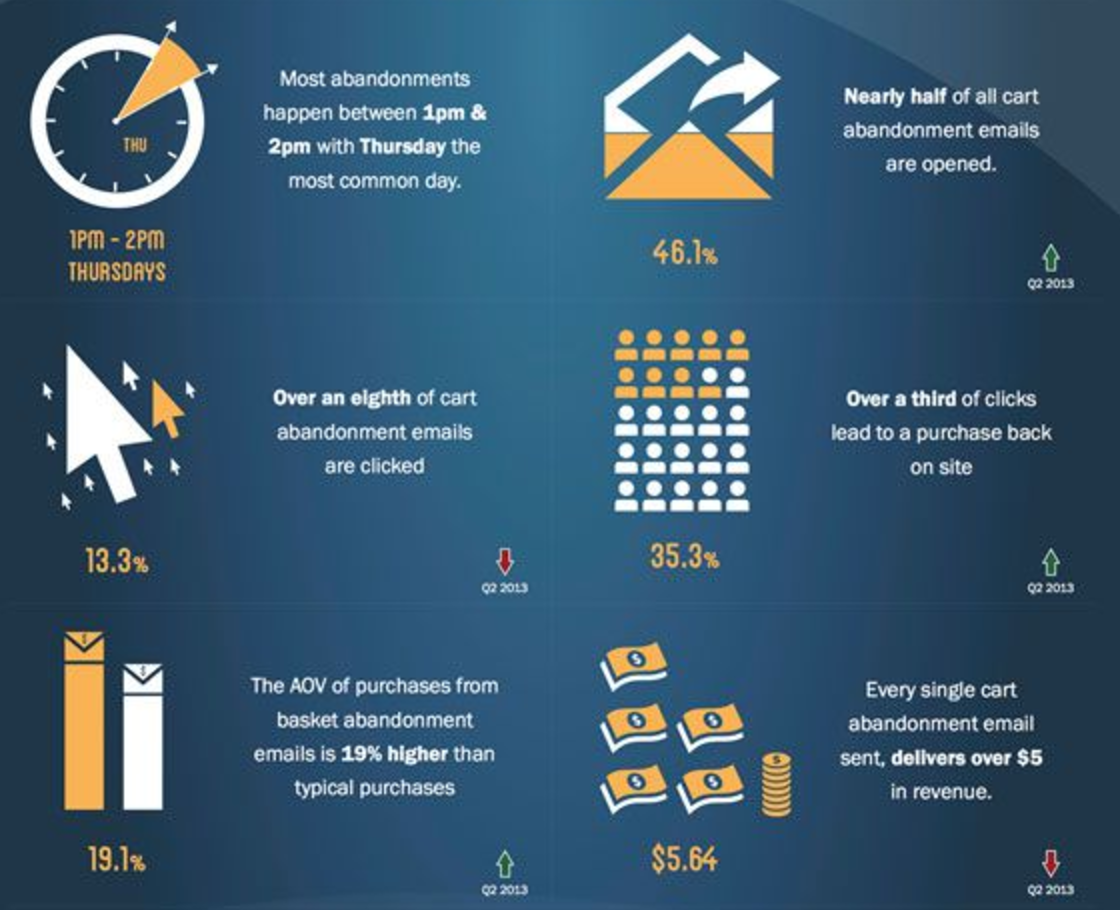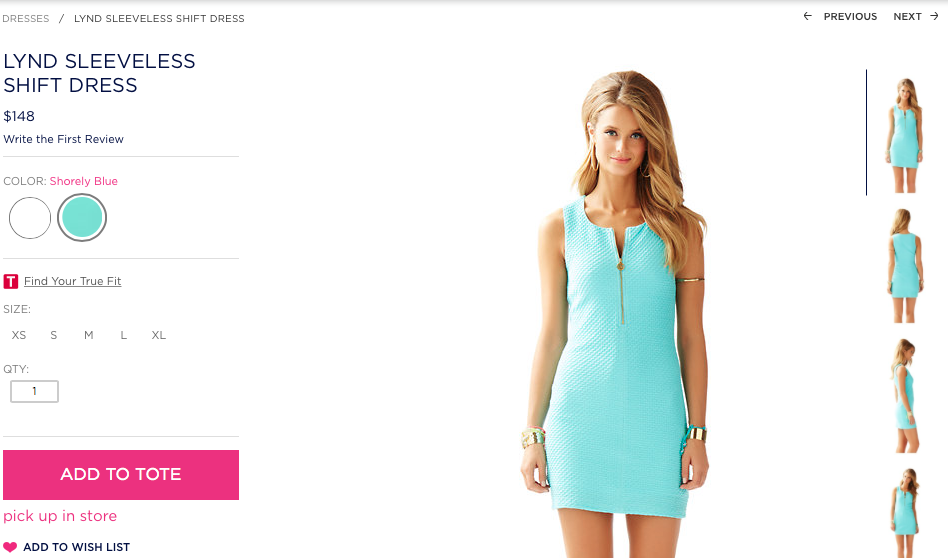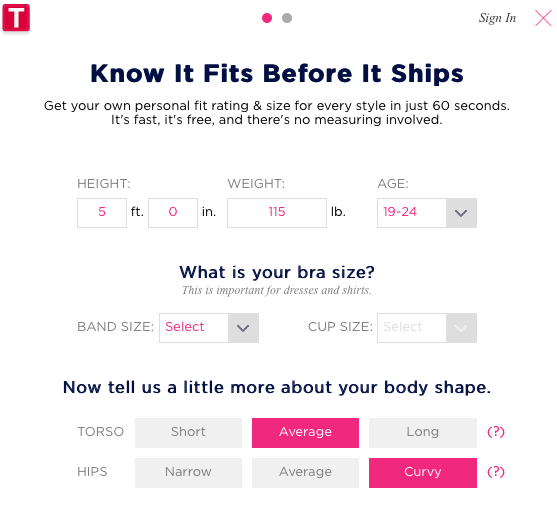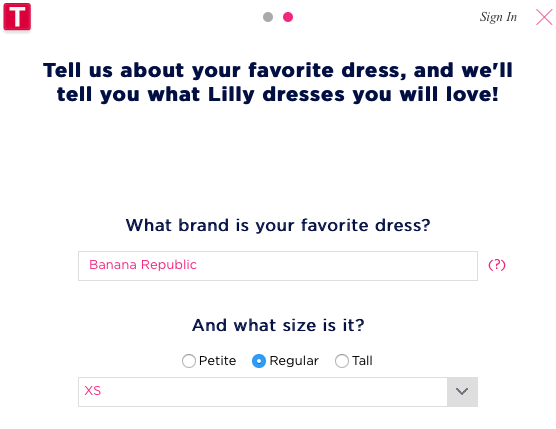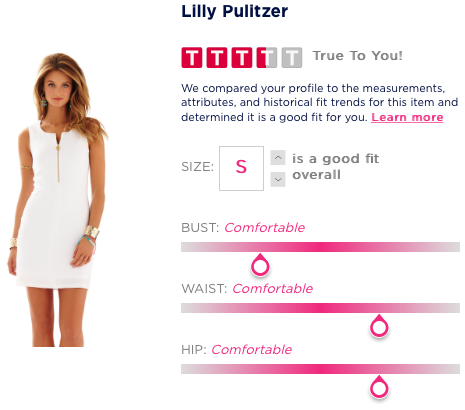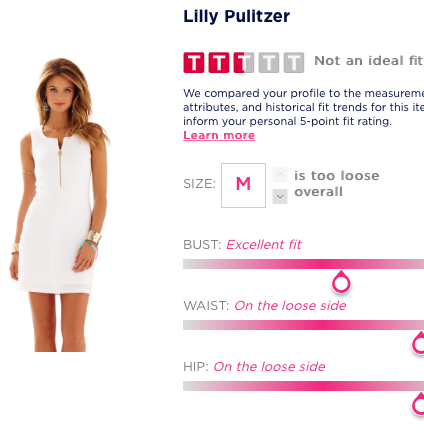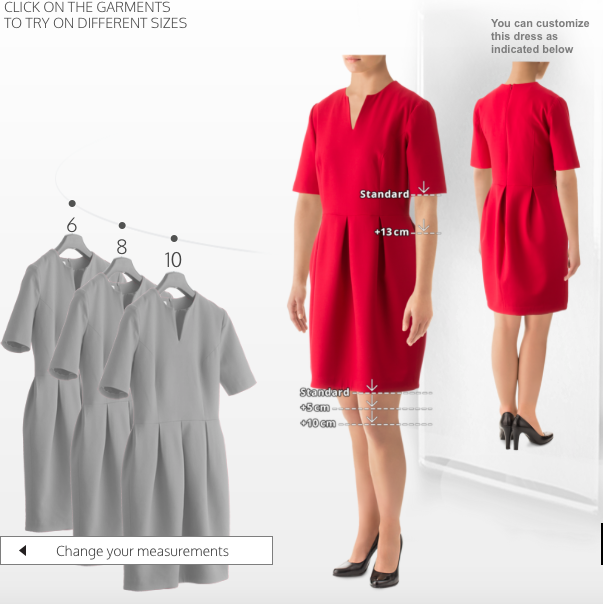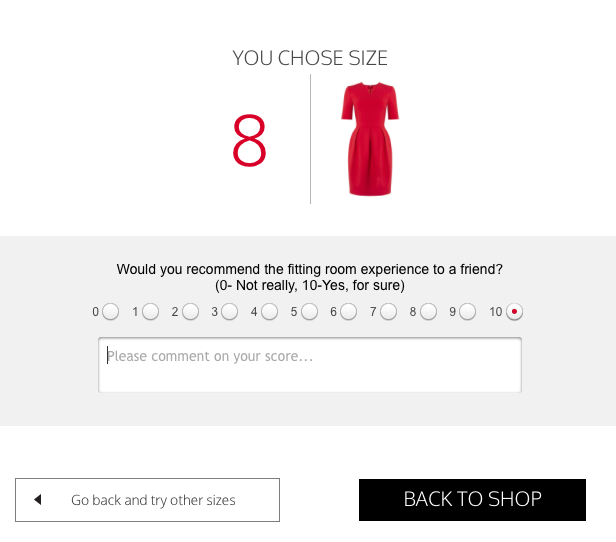The Key to Boosting eCommerce Conversion Rate This Holiday Season (Part 1)
While the total retail growth may be slowing down, the US retail eCommerce sales jumped 17.8% during the 2016 holiday season and are expected to climb 15.8% in 2017.

As an online retailer, how can you capitalize on this trend?
To answer that question, we need to look at customer expectations.
More and more consumers are looking for a personalized shopping experience from their favorite brands.
A recent survey has found that 86% of customers say personalization affects their purchase decision while another study showed that 74% of shoppers get frustrated by seeing irrelevant content or product recommendations.
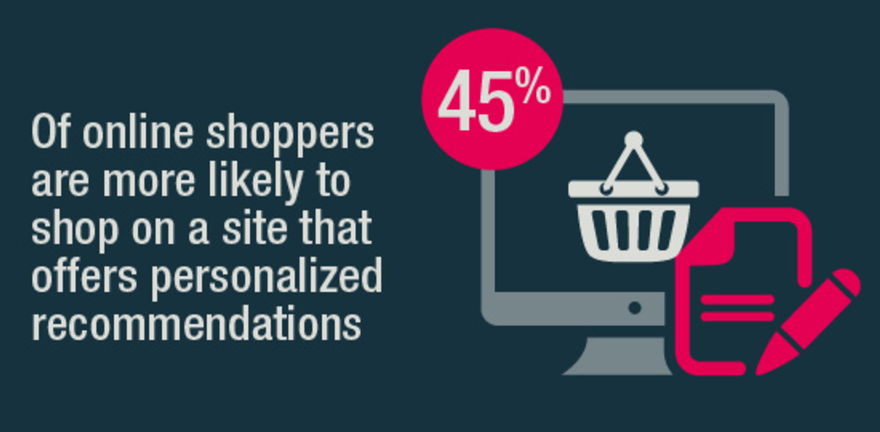
Thankfully, you don’t need to do all the heavy lifting to deliver a personalized shopping experience to your customers.
With the aid of technologies that allow you to collect and analyze customer data and automation software that helps you deliver the right message to the right customers at the right time, you can leverage the power of personalization to increase your online store’s conversion rate:
Product recommendations
Using information such as the customer’s preferences, shopping habits, and past purchases, you can recommend products that are timely and relevant.
One merchant has seen a 248% increase in conversion rate by displaying personalized product recommendations on the homepage.
For the holiday seasons, during which customers are likely to be shopping for gifts, make sure to factor in their real-time interactions with your website and offer recommendations that are related to the products they’re looking at or searching for.
You can do so by mapping their real-time browsing behaviors to aggregated consumer data to predict the type of items they may be interested in.
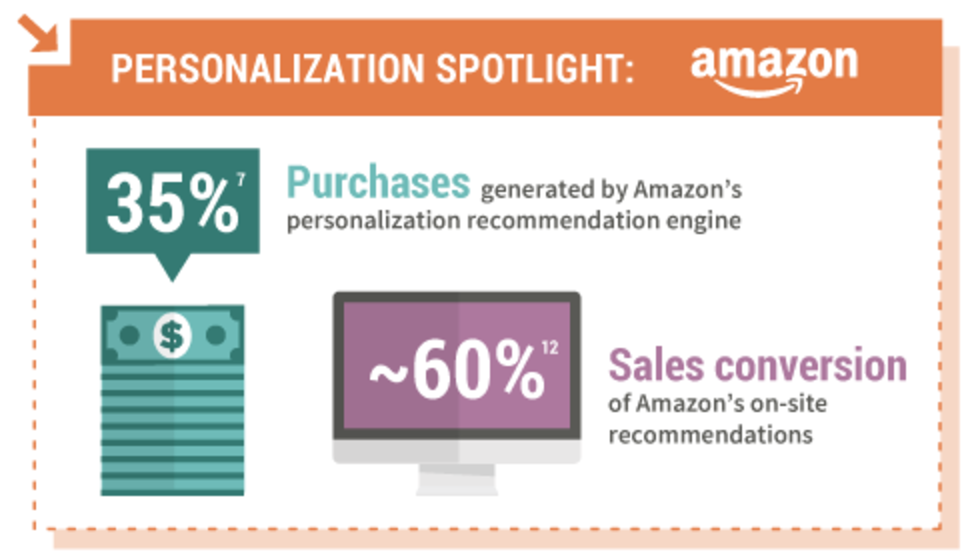
Don’t forget to feature new and popular products that are your bestsellers. Chances are they’d make a great gift and you’ll be saving your customers a lot of time and headache!
Upsell and cross-sell
Displaying items related to the products that shoppers are looking at or have put into their carts is a powerful way to increase your average order value.
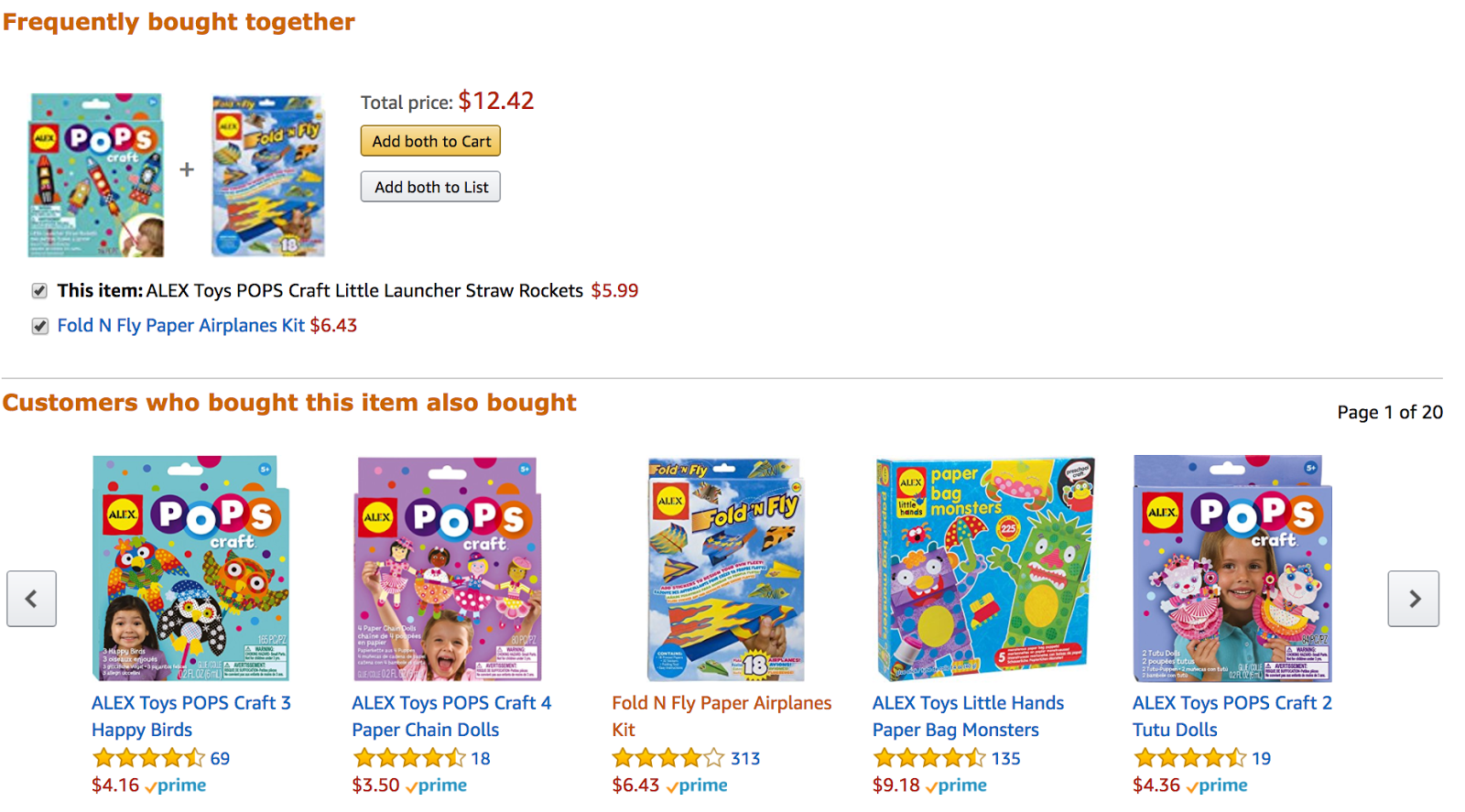
You can recommend items often bought together with the product, complementary to the product, or offered as a bundle with that product.
Past and recurring purchases
Make shopping easy for your customers by displaying the past purchase list so that they can pick up their favorite items quickly.
You can pair the past purchase list with personalized product recommendations to help shoppers discover new products that are likely to be relevant to them.
In addition, for items that need to be replenished periodically, you can offer a subscription service so your customers can “set it and forget it.”
Your customers will appreciate the convenience and be more likely to buy more from you while you will generate a recurring revenue from these subscriptions.
Streamlined checkout
For shoppers who already have an account on your eCommerce site, you can streamline the checkout flow so that they can complete their purchases quickly and conveniently.
Use the customer data on file to offer one-click checkout, pre-populate forms, allow shoppers to choose shipping addresses (e.g. for sending gifts directly to recipients,) offer the ability to add recommended products, or apply loyalty points to their orders.
A faster checkout experience will not only improve customer loyalty but also reduce cart abandonment and increase your conversion rate.
Seamless customer experience made possible by personalization
A robust customer data management system and personalization software is the key to delivering an outstanding customer experience that will help you increase sales this holiday season.
In the next installment of this series, we’ll look at how you can use targeted content and email marketing with personalization automation to boost your conversion rate.




